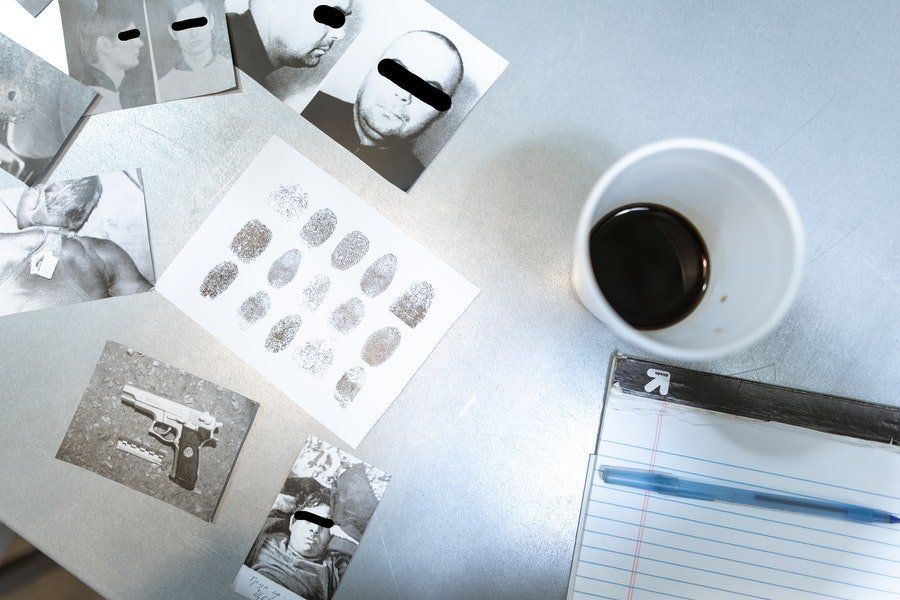Creativity And Innovation: Your Keys To A Successful Organisation

The companies that have thrived over the long haul are those who are the most creative and innovative.
These organisations don’t copy what others do; instead, they may use innovative ideas from others as a springboard to come up with a unique application, product, or service for themselves.
They tend to differentiate themselves from the competition. If they see another company copying what they do, they create something newer and better.
In other words, they are able to leverage their creativity and their innovative capabilities to attain long-term success.
Would you like to be one of those organisations? You can be.
In fact, all companies can be more creative and innovative regardless of their expertise, product, or service.
When you apply creativity and innovation to every aspect of your business, you are able to stay ahead of a changing marketplace.
What is creativity?
Creativity is a function of knowledge, curiosity, imagination and evaluation.
The greater your knowledge base and level of curiosity, the more ideas, patterns, and combinations you can achieve, which then correlates to creating new and innovative products and services.
But merely having the knowledge does not guarantee the formation of new patterns.
The bits and pieces must be shaken up and iterated in new ways. Then the ideas must be evaluated and developed into usable ideas. In other words, there really is a process.
To help you master that process, you must first understand three important levels of creativity:
1. Discovery
As the name implies, it’s when you become aware of (or stumble upon) something – you discover it.
For example, there is art called “discovered art”. It might be a rock with a unique shape or a piece of wood with an interesting pattern.
If you have ever purchased a piece of natural stone or wood art, that art was discovered art. Many inventions start with a discovery.
2. Invention
Alexander Graham Bell invented the telephone. But you have to ask yourself, “Would the telephone have been invented without Bell?”
The answer is yes. Eventually the telephone would have been invented because the science was there.
It might have taken longer, but it would have happened. So, while invention is higher than discovery, it’s something that is going to happen. If you don’t invent it, someone else will.
3. Creation
This is the highest level of creativity.
For example, the stage play, Othello, is genuinely a creation. Elizabethan drama would have gone on without Shakespeare, but no one else would have written Othello.
Similarly, there are things that only your organisation can create! The key is tapping in to what those things are.
Here’s an example of how this could play out in your company. While at a conference, you might discover a tool, a technology, or a process that you didn’t know before.
You purchase the tool for your staff, and that discovery helps everyone work better. After some time, that discovery may also spur an innovative idea of how to apply the discovery differently.
You may then use that innovative idea as an inspiration that yields something never seen before, something created by your company that helps you and your customers. That’s how the three levels of creativity can work together.
Realise that creativity and innovation are different.
Creativity refers to generating new and novel ideas. Innovation refers to the application of an idea and, in many cases, is a collaborative enterprise. Innovation is applied creativity.
 I
I
image | Stanford Business School
10 strategies to increase your creativity and innovation
Now that you understand the various levels of creativity, you can implement some strategies that will boost your company’s ability to create and innovate.
- Truly creative people have developed their ability to observe and use all of their senses, something which can get dull over time. Take time to “sharpen the blade” and take everything in.
- Innovation is based on knowledge. Therefore, you need to continually expand your knowledge base. Read things you don’t normally read.
- Your perceptions may limit your reasoning. Be careful about how you’re perceiving things. Defer judgment.
- Practise guided imagery so you can “see” a concept come to life.
- Let your ideas “incubate” by taking a break from them. For example, when I’m working on a big business project, one of the best things I can do to take a break from it is play my guitar or take a ride on my motorcycle. It shifts my brain into another place and helps me be more innovative and creative.
- Experience as much as you can. Exposure puts more ideas into your subconscious. Actively seek out new experiences to broaden your experience portfolio.
- Treat patterns as part of the problem. Recognising a new pattern is very useful but be careful not to become part of it.
- Redefine the problem completely. One of the lines I’ve been sharing is: “Your problem is not the problem; there is another problem. When you define the real problem, you can solve it and move on.” If you had correctly defined the real problem, you would have solved it long ago because all problems have solutions.
- Look where others aren’t looking to see what others aren’t seeing.
- Come up with ideas at the beginning of the innovation process… and then stop. Many times, we come up with several ideas and start innovating. Then we come up with more ideas and never get a single idea done. At some point, you have to turn off the idea generation part of the process and really work on the innovation and execution part to bring a project to life.
Create your own success
The more creative and innovative you and your team members are, the more long-term success you’ll achieve.
So, rather than constantly chasing “the next big idea” in your industry, bring creativity and innovation into what you’re currently doing.
When you do, you’ll be regarded as an industry innovator – the one your competitors are trying to copy.
Reposted with permission on Leaderonomics.com.
Business
Tags: Consultant Corner





